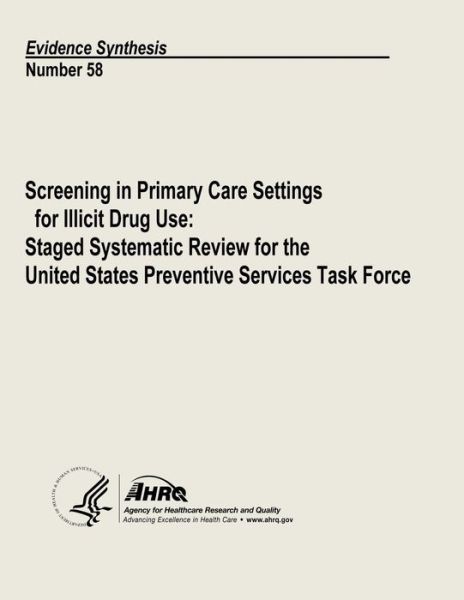
Recomienda este artículo a tus amigos:
Closing the Quality Gap: a Critical Analysis of Quality Improvement Strategies: Volume 3 - Hypertension Care: Technical Review Number 9
U S Department of Heal Human Services
Closing the Quality Gap: a Critical Analysis of Quality Improvement Strategies: Volume 3 - Hypertension Care: Technical Review Number 9
U S Department of Heal Human Services
Publisher Marketing: In early 2003, the Institute of Medicine (IOM) released its report, Priority Areas for National Action: Transforming Health Care Quality. The report listed 20 clinical topics for which "best practices" were strongly supported by clinical evidence. The report documents the disappointingly low rates at which these practices have been implemented in the U. S., at an annual cost of many thousands of lives. To bring data to bear on the quality improvement opportunities articulated in the IOM's 2003 report, the Agency for Healthcare Research and Quality (AHRQ) engaged the Stanford-UCSF Evidence-based Practice Center (EPC) to perform a critical analysis of the existing literature on quality improvement strategies for a selection of the 20 disease and practice priorities noted in the IOM Report. Rather than concentrating on the specific clinical practices that appear to improve health outcomes, the focus of this review is on translating research into practice-identifying those activities that increase the rate at which practices regarded as effective are applied to patient care in real world settings. This report focuses on the clinical problem of hypertension. It, like the other reports in the series, aims to help readers assess whether the evidence suggests that a quality improvement strategy would work in their specific practice or with their specific patient population. The question of whether these may be crosscutting practices-that is, the manner in which those that have been studied for specific conditions such as hypertension might be applicable to others, such as asthma-remains to be seen. We defined the quality gap as the difference between health care processes or outcomes observed in practice, and those potentially obtainable on the basis of current professional knowledge. We defined a quality improvement (QI) strategy as an intervention aimed at reducing the quality gap for a group of patients representative of those encountered in routine practice. Finally, a quality improvement target is an outcome, process, or structure that the QI strategy aims to influence, with the goal of reducing the quality gap. Examples of targets relevant to this volume include outcomes such as reductions in blood pressure, or processes such as improved provider adherence with medication choices in patients with hypertension. Despite the importance and prevalence of both diabetes and hypertension, and the richness of their clinical literatures, studies that would help patients, providers, and policymakers choose how best to close their quality gaps are somewhat confusing. For each entity, certain strategies (such as the use of multifaceted interventions, and perhaps disease management in diabetes, and the adoption of organizational change in hypertension) appear to be more effective than others. Yet, even in these areas, problems with publication bias, co-interventions, and secular trends make sweeping conclusions hazardous. Our review provides a huge collection of research data for the interested reader to dissect; undoubtedly, there is information that will be directly applicable to a given clinical situation or location. There are several important questions that warrant consideration in the realm of hypertension quality improvement. Some of these questions focus on prevention (screening) while others relate to the management of a chronic disease (blood pressure control). The reviewers have selected the following questions as important foci in the development of this report: Which QI strategies improve the process of screening for hypertension? Which QI strategies most effectively ensure that blood pressure goals are achieved and maintained? Which QI strategies improve provider adherence to recommended guidelines for hypertension management? Which QI strategies improve patient adherence to hypertension treatment?
| Medios de comunicación | Libros Paperback Book (Libro con tapa blanda y lomo encolado) |
| Publicado | 7 de junio de 2013 |
| ISBN13 | 9781490382258 |
| Editores | Createspace |
| Páginas | 110 |
| Dimensiones | 216 × 280 × 6 mm · 272 g |

































